
JaneApp Data Security Features: How Your Clinic’s Information Stays Protected
JaneApp Data Security Features: How Your Clinic’s Information Stays Protected Takeaways Jane is HIPAA- and PIPEDA- compliant Data is encrypted, whether at rest or in
Relieve Your Pain. Start Feeling Better In As Few As 3 Visits.

In massage therapy, a registered massage therapist uses specific physical techniques to reduce discomfort in your muscles, connective tissues, tendons, ligaments, and joints.
It is designed to treat chronic pain as well as acute pain such as pain you woke up with this morning, so you can sleep better, reduce stress, and relieve tension. Some people get massage therapy just to relieve tension – they have no specific pain areas, but their body just feels flooded with stress.
One reason this effect is so powerful is because deep rubbing, pressure, and targeted attention on specific areas of the body promotes blood flow, which increases oxygen levels in the local tissues. With improved circulation, all 11 of your body systems are affected for the better.
You will feel great! And you will remember your massage therapy experience long after it’s over.
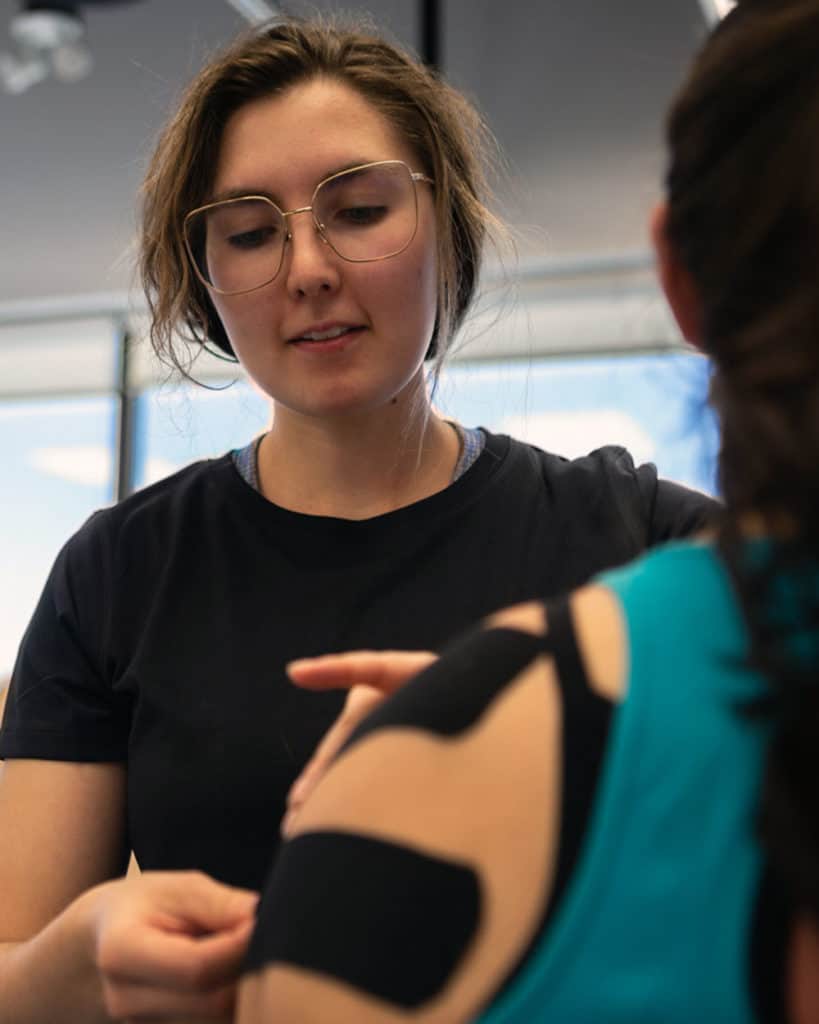
Tell us what hurts, and we will treat your pain in the shortest time possible. Get effective treatment for your condition in less than 30 minutes so you can get back to doing what you live… pain-free.
Get a personalized care plan so you can feel better in as few as 3 visits. We use advanced therapy techniques proven to ease pain, accelerate recovery, improve mobility and overall health.
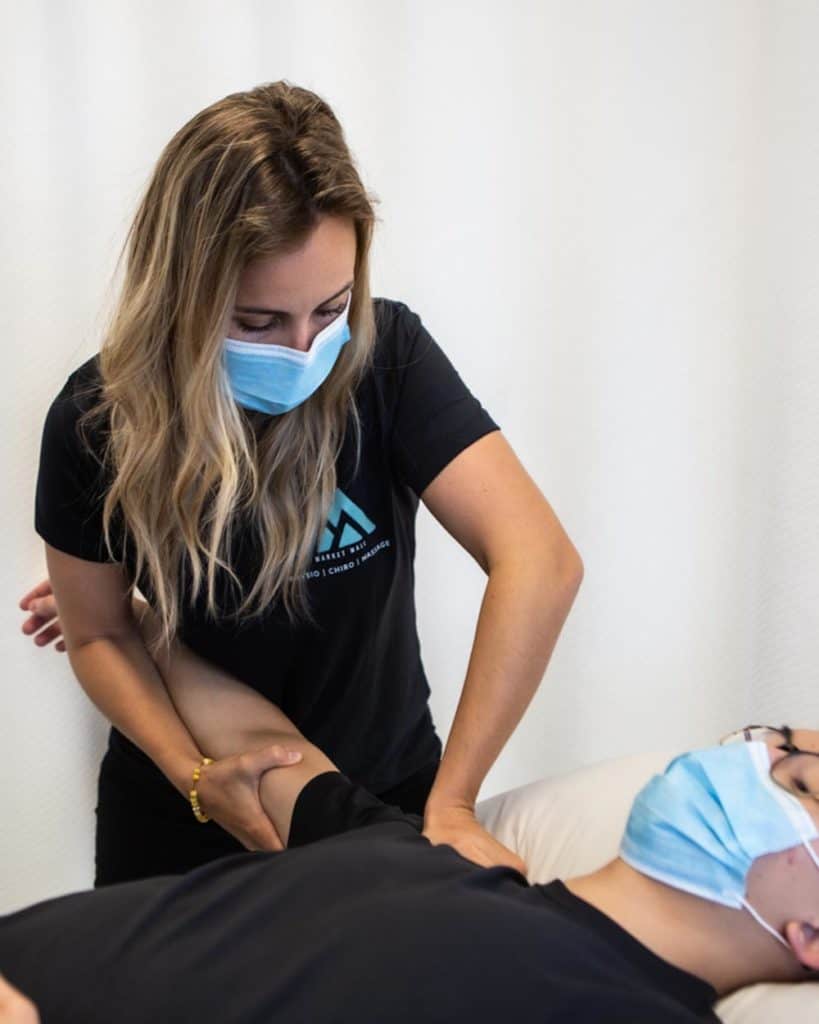
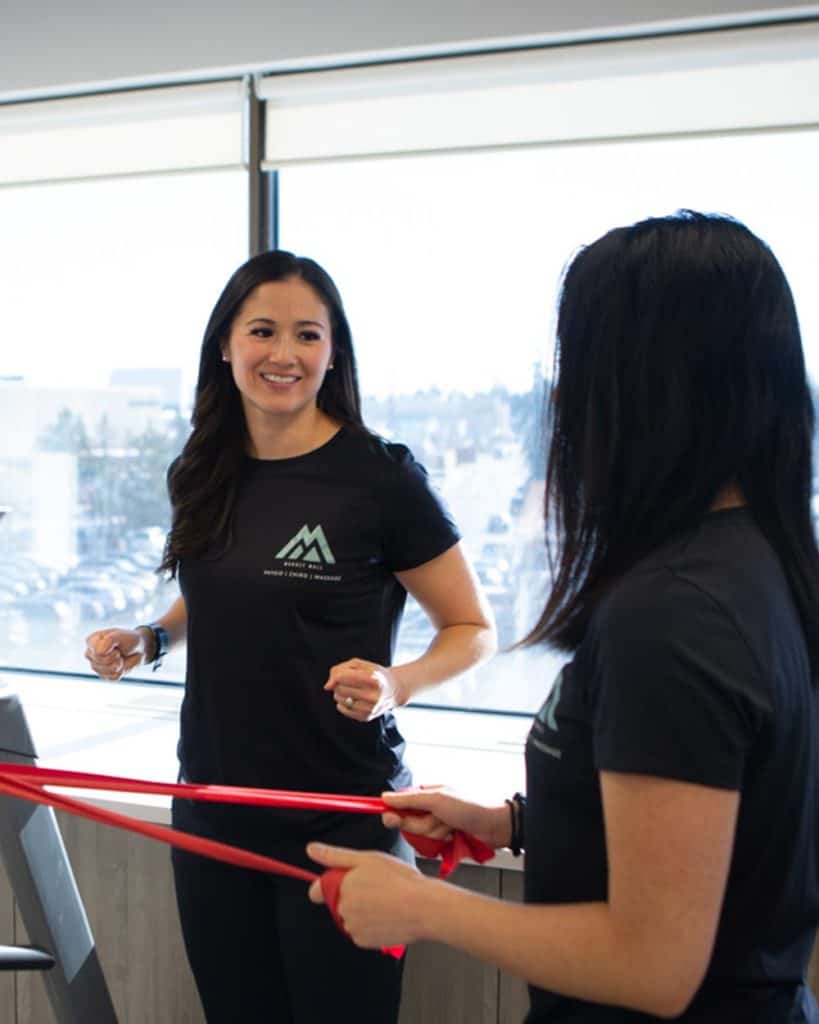
Our team of licensed physiotherapists, chiropractors, registered massage therapists are professionals and in human anatomy and biomechanics. You will get the perfect care plan to target the root of your pain so you can get back to doing what you love, everyday!
This appointment is your opportunity to tell us what hurts and discover whether massage therapy is a good fit for you! During this session, you will talk with a registered massage therapist over a phone call (or online) and create the right care plan specifically for your pain. There is no obligation. This session is to find out whether massage therapy can help you get back to doing the things you love in life.
If you’re like most you don’t want to wait days or weeks to get treated for your pain. And you don’t want to have to spend your time calling nearby clinics to find the one who can see you the fastest.
That’s where PainHero comes In – Canada’s largest network of physiotherapists, chiropractors, and registered massage therapists.
Our Platform is used by clinics where they post their open appointment times. So you can quickly compare availability and wait times for clinics near you without having to pick up the phone. Then book an appointment within seconds and even see someone that day if you want. So you can get back to doing the things you love faster.
Plus unlike other sites who let anyone on or just rely on google reviews. We hand pick clinics based on a 50-point inspection, which includes everything from checking reviews, ratings, reputation, history, complaints, satisfaction, trust, cost, and general excellence.
Improve the way your body moves so you can continue to do the things you love. PainHero is Canada’s largest network of physiotherapists, chiropractors, and registered massage therapists. Our mission is to makes it easy for you to find the top clinics in your community. We handpick the top clinics using our 50 point inspection based on patient reviews, complaints, and patient outcomes.
Whether you’re seeking pain relief or preventative care, you can expect our patient-centric approach to be new and different from any healthcare experience you’ve had before. Perhaps even life-changing.
1460+
Clinics
2172+
Caring Therapists
2M+
Patient Visits

Choose from our curated list of top-rated massage clinics in Canada. Click a City below to get started.
Ancaster Physiotherapy Clinics
Brampton Physiotherapy Clinics
Brantford Physiotherapy Clinics
Burlington Physiotherapy Clinics
Chatham Kent Physiotherapy Clinics
Etobicoke Physiotherapy Clinics
Gravenhurst Physiotherapy Clinics
Hamilton Physiotherapy Clinics
Kingsville Physiotherapy Clinics
Mississauga Physiotherapy Clinics
North York Physiotherapy Clinics
Oakville Physiotherapy Clinics
Orangeville Physiotherapy Clinics
Richmond Hill Physiotherapy Clinics
Scarborough Physiotherapy Clinics
St. Catharines Physiotherapy Clinics
Ancaster Physiotherapy Clinics
Brampton Physiotherapy Clinics
Brantford Physiotherapy Clinics
Burlington Physiotherapy Clinics
Chatham Kent Physiotherapy Clinics
Etobicoke Physiotherapy Clinics
Gravenhurst Physiotherapy Clinics
Hamilton Physiotherapy Clinics
Kingsville Physiotherapy Clinics
Mississauga Physiotherapy Clinics
North York Physiotherapy Clinics
Oakville Physiotherapy Clinics
Orangeville Physiotherapy Clinics
Richmond Hill Physiotherapy Clinics
Scarborough Physiotherapy Clinics
St. Catharines Physiotherapy Clinics

Sometimes, you just need some relief. Whether its headaches, stress, kinks in your neck, pains in your back, muscle soreness, certain injuries, or many other bodily discomforts, massage therapy can do wonders for your physical health, as well as your mental and emotional health.
Massage therapy plays an integral role as we help restore our patients to full health so they can enjoy their lives, get back to work, have fun, and experience fulfilling relationships with friends and relatives.
But who needs massage therapy? What conditions does it treat? How much does it cost? And what happens when you actually show up for a treatment session?
Especially if massage therapy is new to you, you probably have a lot of questions. Today, you’re about to find the answers.

The health benefits behind massage therapy are well documented. We’ll point you to some data in a moment. Massage can be preventative, keeping injuries and illnesses at bay and stress under control. It can also be restorative, helping heal injuries, improving physical ability, and overcoming pains and kinks.
Some of the benefits you can experience from massage therapy include:
As you might imagine, the experience of these benefits increases with the more massage sessions you do. While getting one massage will feel great, if you want the longer-term health benefits of massage therapy, you will want to make it part of your ongoing health regimen.
It works especially well when paired up with other habits, such as exercise and healthy eating.
But you have to start somewhere, and if you are in pain, stressed, or just frazzled and don’t know what to do about it, giving massage therapy a try might be one of the best decisions you’ve ever made.
A registered massage therapist (RMT) is a professionally trained, certified healthcare professional. They have achieved mastery of therapeutic massage treatment through academic training and are registered with a provincial regulatory body such as the College of Massage Therapists of Ontario (CMTO). They have passed exams, taken continuing education, and are certified to practice.
This is a regulated, trustworthy industry governed by two sets of laws in Canada, the Regulated Health Professionals Act and the Massage Therapy Act.
No one can claim to be an RMT or even just a massage therapist (MT) unless they are a member of their provincial regulatory body.
A registered massage therapist can assess your condition, apply their knowledge of anatomy and body functionality, and develop a program of self-care that will support whatever treatment they provide you.
RMTs can be general massage practitioners, but like other healthcare professionals, they can also specialize. Some massage specializations include reflexology, sports massage, prenatal massage, deep tissue massage, and relaxation massage.

Heading into your first massage therapy session, you probably feel a bit nervous. So let’s break down what you need to do in advance, and what happens during and after the treatment session.
Before Your Appointment
In the days leading up to your appointment, be sure to drink plenty of water. Massage really works you over and it can actually dehydrate you. So be hydrated when you come in. But don’t drink a huge amount of water right before your appointment. Otherwise you might have to interrupt your massage session just to visit the bathroom.
Also don’t eat a big meal right beforehand either. That can lead to unpleasant effects.
Check your current health too. If you have skin irritation, now might not be the time for a massage. If you have a fever or other health issues, wait until you feel better.
During Your Massage Treatment
When you arrive, your massage therapist will ask about your concerns and current health status. Be honest when answering them, as it will allow them to provide the best possible treatment.
Talk about pain, tightness, stress, areas you want to focus on and ones you want to avoid. Mention allergies if you have any, and medications you are taking. Some medications can be affected by massage, and not in a good way – such as blood pressure medication. Your therapist can advise you on the best course of action once they know your specific situation.
Once your assessment is complete, the massage therapist will ask you to dress down for your treatment.
Do you have to undress completely for your massage? No. Just dress down in whatever way is most comfortable. You will get the most out of your massage if the parts the therapist works on are exposed. But your therapist will leave the room while you get ready and will knock before re-entering.
If you feel embarrassed or nervous about your body, remember that RMTs are professional healthcare practitioners. They work with all kinds of people and with all kinds of body types. Your health is their concern, and you will not be judged or criticized in any way.
You will be covered with sheets throughout the massage. The therapist will only expose the parts of your body being worked on, and the rest will be covered using the ‘draping’ technique, which is part of their training.
No registered massage therapist will ever expose or touch your private areas.
In most cases you’ll begin by laying face down. During the treatment, try to relax your muscles. For the full benefit of the treatment, keep breathing deeply and try not to tense up.
Massages can go from as little as 30 minutes to as long as two hours.
After Your Massage
Once complete, your therapist will leave while you get dressed and collect yourself. Some people feel a bit of a headrush, so it’s good not to move too fast at first. And it’s a good idea to drink some water right away.
It is not recommended to go work out or do anything strenuous right after a massage. Your perception of motion may be a bit off, so be careful on stairs and while driving for the first 20 minutes or so. Some people also experience some deeper emotions, and this is all normal.
As mentioned earlier, there are several types of massage, and some therapists specialize in certain treatments. Many patients don’t really know which type of therapy is best for their situation. When you first come in and talk with your massage therapist, they will determine which treatments will work best for you.
Click here for more details about each type of massage therapy and the specific benefits of each.
1. Therapeutic Massage
This is a broad term covering massage techniques that are designed to treat pain. This can be shoulder pain, back pain, neck pain, or really any other type of muscular or joint pain, including pain from injuries. The pain can be chronic (ongoing), or something that just happened. Therapeutic massage can also treat stress and mobility issues.
A glimpse at a therapeutic massage courtesy of Peak Health
2. Swedish Massage
This is often the type of massage people have received when they say they fell asleep and drooled during their treatment. The Swedish massage is a relaxation massage, and is often the first one taught in certification programs because it’s relatively simple to learn.
Its focus is on increasing circulation to get the heart pumping, leading to relaxation.
3. Sports Medicine Massage
A sports massage is about increasing physical performance capabilities and reducing the chance of injury – both very important to athletes and ‘weekend warriors.’ The focus here is on releasing muscle tension and improving healing and recovery from workouts.
4. Manual Lymphatic Drainage (MLD)
Your lymphatic system plays a key role in healing your body, fighting disease, and removing toxins. The purpose of an MLD massage is to speed up the flow of your lymphatic system. It is a very gentle massage designed to open the lymph nodes.
An MLD massage can reduce swelling, especially after surgery, and is also used in palliative care.
5. Deep Tissue Massage
While not meant to be painful, deep tissue massage is meant to produce a ‘good hurt.’ You must communicate with your massage therapist during the treatment to avoid injury. The focus here is on chronic conditions such as tendinitis, injury recovery, mobility, and several others.
Behind the scenes look at a deep tissue massage courtesy of Physio Mobility
6. Visceral Massage or Manipulation
This form of massage focuses on manipulating your organs, with the goal of treating certain conditions such as bloating, constipation, incontinence, and many other conditions that actually originate in the liver and the kidneys. What you think is an injury or a sore muscle may be something else entirely.
7. Trigger Point Therapy
A trigger point is commonly known as a knot. This type of massage works at releasing these knots. Knots can develop for all sorts of reasons, such as muscle overuse or underuse, and repetitive motion. They can also be caused by anxiety. Often, a trigger point leads to pain elsewhere in the body, such as a headache, but the way to treat it is with trigger point massage therapy, not an aspirin.
8. Infant Massage
The best thing about infant massage is the close physical contact, and a registered massage therapist can teach you how to do it yourself. Baby massages can also lead to improved sleep and reductions in gas and fussiness – for the baby.
9. Pregnancy Massage
Pregnancy is a great burden as well as a joy. But that burden can be tough to bear! Prenatal massage can help reduce pain in your back and joints, and help you sleep better. The techniques of more typical forms of massage get altered here to assure safety for both the mother and child.
10. Hot Stone Massage
Just like a hot pad, the heat from the stones relaxes your muscles, which allows for deeper pressure from the rest of the massage. The purpose of hot stone massage is to relieve pain and stress, and improve your sleep.
11. Intra-Oral Massage
For patients suffering from temporal mandibular joint (TMJ) pain, this very specialized form of massage is meant to improve your jaw’s ability to properly open and close. This form of massage can also include the neck, face, and upper back. It can relieve tension in the jaw, increase range of motion, and relieve headaches that may be caused by TMJ.
12. Instrument Assisted Soft Tissue Mobilization
For injuries to your ligaments, this treatment uses special instruments to treat injuries to these normally hard to reach areas. This treatment has been used with great success on shin splints, plantar fasciitis, rotator cuff injuries, Achilles injuries, and many more ligament-related injuries.
While there are many injuries and conditions you can treat or mitigate very effectively with massage therapy such as asthma, anxiety, insomnia, whiplash, stroke, and gastrointestinal disorders, we want to focus on nine of the more common reasons people turn to massage therapy for relief.
1. Plantar Fasciitis
This foot pain condition makes it hard to stay active. If it gets bad enough, it’s tough even just to walk. Several of the massage techniques listed earlier can help reduce the pain caused by plantar fasciitis if done consistently.
The therapist focuses not just on the foot, but also on the calf muscles, which is where trigger points for the tension often resides. Your therapist can also teach you some stretching exercise that you can do on your own.
2. Rotator Cuff Injuries
A very common injury, one of the the best ways to treat a rotator cuff is to focus on the trigger points in the muscles and the tendons. As you may have noticed, trigger point massage therapy has many applications, because injuries such as these each have their own unique causes.
But massage therapy can do far more for rotator cuff injuries than just lying around resting, hoping it gets better. Often rest won’t address the root causes. You need to stretch and re-strengthen the muscles, not just avoid using them.
3. Tennis Elbow
It’s not unique to tennis players, but tennis elbow can be very painful. It’s fairly common among office workers and is a form of a Repetitive Stress Injury. It can also affect pianists, painters, construction workers, and bikers.
Healing tennis elbow takes a longer commitment to therapy, but it can be done with a combination of massage therapy and targeted exercises done on your own time.
4. TMJ
We mentioned this earlier, but it bears repeating, because the injury is often caused by clenching the jaw from tension or stress, leaning over too much while texting, dental issues, and certain other bad habits.
If your jaw is popping while you talk or chew, or feels like it’s shifting out of place, you may have a TMJ issue, and the pain can get worse if you don’t treat it.
5. Tension Headaches
Whether you suffer from frequent tension headaches and migraines, or just occasional ones, one of the most common causes is stress. Massage can diffuse stress like nobody’s business.
Severe headaches can impair your vision and hearing, and affect your ability to concentrate. Massages focusing on your head, neck, and shoulder areas may be particularly effective at relieving your headaches.
Behind the scenes of a head massage courtesy of Innova Integrated Wellness
6. Muscle Strains
Commonly referred to as a pulled muscle, a muscle strain is a tear in the fibers of a muscle, often caused by physical stress or sudden overuse that causes a specific injury. There are three grades of muscle strains. Grades two and three can be quite painful, and that pain can last for several weeks, particularly with a Grade 3 strain.
Because fibers are torn, this is an injury that your body must heal. Massage therapy will not ‘heal’ a muscle strain, but it can speed up the process by reducing the swelling and tension by increasing blood flow.
Also, a massage therapist can manage the creation of scar tissue, so that the scar tissue that forms around the strain is less likely to cause a re-injury. This is a major reason to seek help from a massage therapist for a muscle strain.
7. Low Back Muscle Pain
There are so many causes of low back pain that exist that it would be impossible to list them all here. Often, you can manage this pain on your own, because it is often just a Grade 1 muscle strain. But when it doesn’t resolve itself, massage therapy can do wonders, for the same reasons just described regarding muscle strains.
8. Post-Surgery Recovery
Earlier we mentioned the manual lymphatic drainage massage as a treatment that increases healing. For people recovering from surgery, that’s the type of massage that is probably best for you.
If you recall from earlier, an MLD is that gentle form of massage that stimulates movement within the lymphatic system. It promotes blood flow and helps your body process waste, absorb fluids faster, and reduce painful swelling that is common after surgery.
9. Sciatic Pain
The sciatic nerve runs all the way down the back of your legs. When pinched, the pain can be extreme and can prevent you from walking or even standing if it gets bad enough. Usually, it just goes away on its own but if it doesn’t, you will feel pain in your lower back, down your legs, and in your buttocks. You may also feel numbness in those areas.
Deep tissue massage that focuses on the trigger points is often the best possible treatment for sciatic pain because it relieves the pressure on compressed nerves. It is a far better treatment than taking anti-inflammatory medications, which do little to address the real problem.
Massage therapy is often covered by insurance, but most will only cover it when performed by a registered massage therapist. As long as you go to an RMT, there’s a good chance your treatment will be covered.
Sometimes you’ll have to pay for the appointment yourself and get reimbursed. Other clinics offer direct billing of the insurance company. Some insurance plans cover a certain number of treatments per year.
If you have to pay it yourself, an hourlong massage will typically be somewhere between $80 and $120, but the prices can be higher at places that offer extra perks like steam rooms and snacks.
Do you have to tip your massage therapist?
In clinical settings, especially multi-disciplinary clinics like Waterview where they have treated over 10,000 patients in the Grimsby area, tipping is generally not expected. We appreciate reviews and referrals much more. At spas and salons, tipping tends to be more expected.
If you’ve had a motor vehicle accident, there are specific procedures to follow in order to be sure your injuries are covered by insurance.
Muscle knots can feel “crunchy” when toxins start to build up inside of the knot. Then they start to solidify. A massage can help release these toxins and the knot.
Massage can help to relieve pain and inflammation associated with shin splints.

JaneApp Data Security Features: How Your Clinic’s Information Stays Protected Takeaways Jane is HIPAA- and PIPEDA- compliant Data is encrypted, whether at rest or in
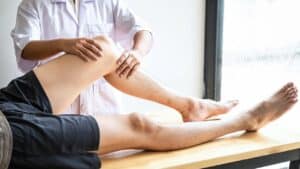
JaneApp Reporting and Analytics: How Clinics Can Track Growth and Performance Takeaways Jane’s reports are super underrated, they give you real insight into how your
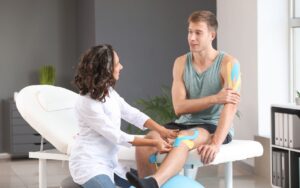
JaneApp Customer Support: How to Get the Help Your Clinic Needs Takeaways Use the in-app chat first if you can Email is fine, but be
Figure out the time of day you want your massage, and begin from there. If you know the type of massage you think you need, or the condition you want treated, look for a specialist. Most massage therapists see 4-8 patients per day. Use this directory to search for RMTs throughout Canada.
Massage provides quicker pain relief through soft tissue manipulation and improved blood flow. Physiotherapy works on actual injuries and works to strengthen the muscles and ligaments around them through repeated exercises. In general, massage treats pain, and physiotherapy repairs damage to range of motion and functionality.
RMTs are covered by insurance, regulated and certified by government agencies, and trained as medical professionals. You can trust them to care for you properly and treat you with respect. A non-registered masseuse offers no such protections or guarantees of having any skills relevant to your condition.
This appointment is your opportunity to tell us what hurts and discover whether massage therapy is a good fit for you! During this session, you will talk with a registered massage therapist over a phone call (or online) and create the right care plan specifically for your pain. There is no obligation. This session is to find out whether massage therapy can help you get back to doing the things you love in life.
